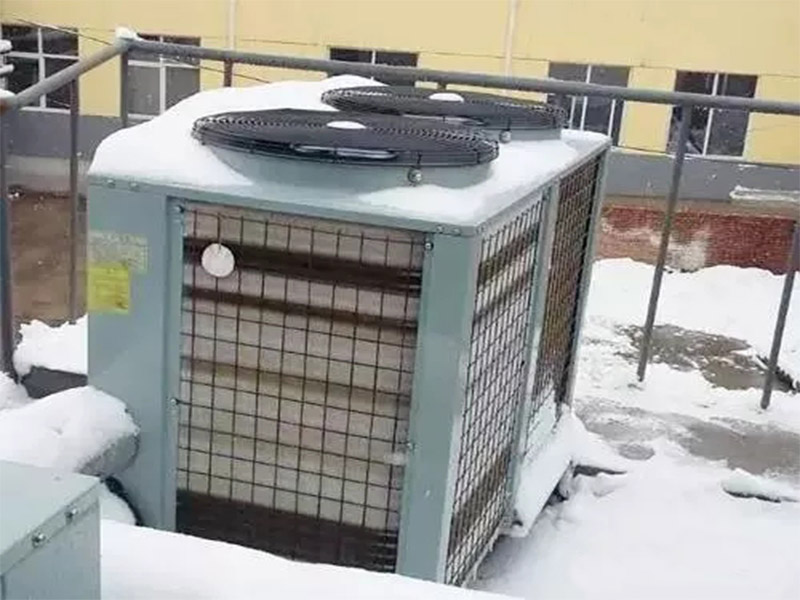
5. There are heat exchangers in heat pump units. Do we have to use electricity to operate?
Electricity is used to drive heat pump to absorb heat from the outside environment and release heat energy to heat hot water, instead of directly heating water with electricity as in conventional electric water heaters, so electricity consumption is very small.
6. What are the initial investment and payback cycles?
The initial investment of heat pum unit will be slightly higher than that of oil-fired and gas-fired boilers, but due to its special energy-saving effect, the cost will be recovered within one and a half years by means of energy-saving. The service life of other heating modes such as boilers is generally only five years, while the service life of heat pump unit can be as long as fifteen years.
7. What is the power consumption of air source heat pump?
The thermal efficiency of air source heat pump units is generally 300%-500%. The production of a ton of hot water consumes about 9-15 deg c of electricity when the temperature rises by 40 deg c.(15-55 deg c) The ordinary electric heating mothod needs 52 deg c of power consumption.
8. Is it simple to use and operate air to water heat pump?
It is very simple to use. The whole unit adopts automatic intelligent control syste,. Uers only need to turn on the power supply for the first time. In the later use process, the automatic operation can be realized. When the user reaches the specified water temperature, the system can automatically stop running. When the water temperature is lower than user’s specified water temperature, the system can start running automatically. It can completely realize that hot water is available 24 hours a day without waiting.
9. Can heat pump unit operate normally work at low temperature in winter?
Yes. The air to water heat pump unit has the function of intelligent defrosting to ensure the stable operation of unit in low temperature environment. It can automatically enter and exit the chemical box according to the outdoor environment temperature, evaporator fin temperature and unit operation time.

